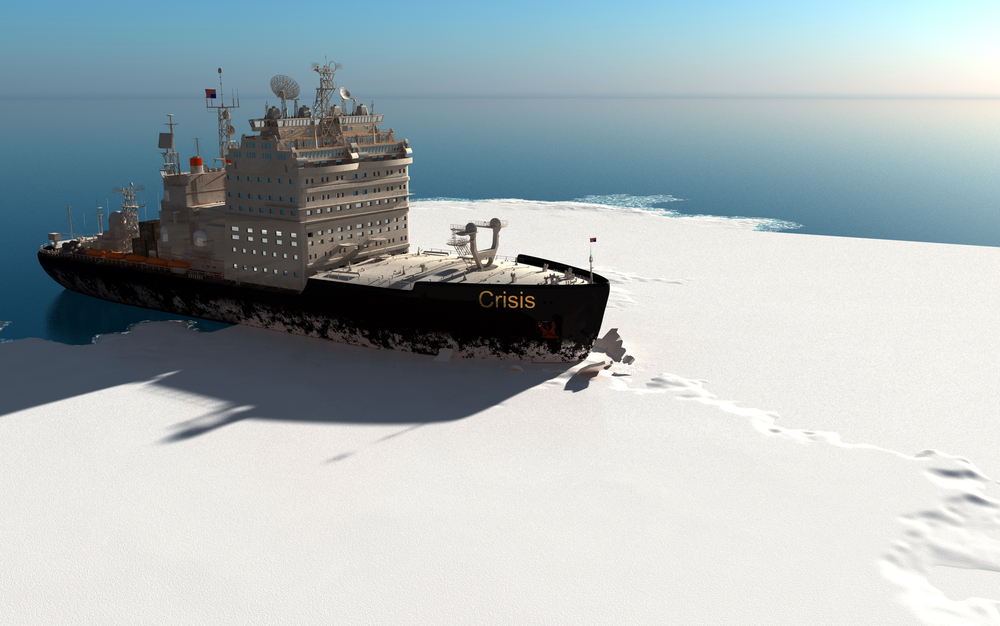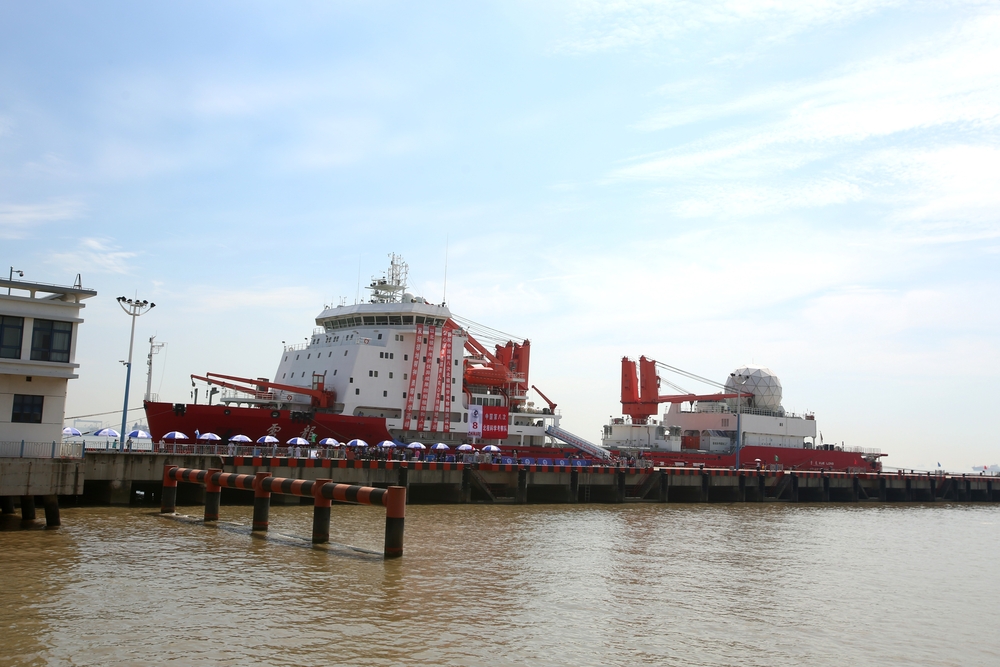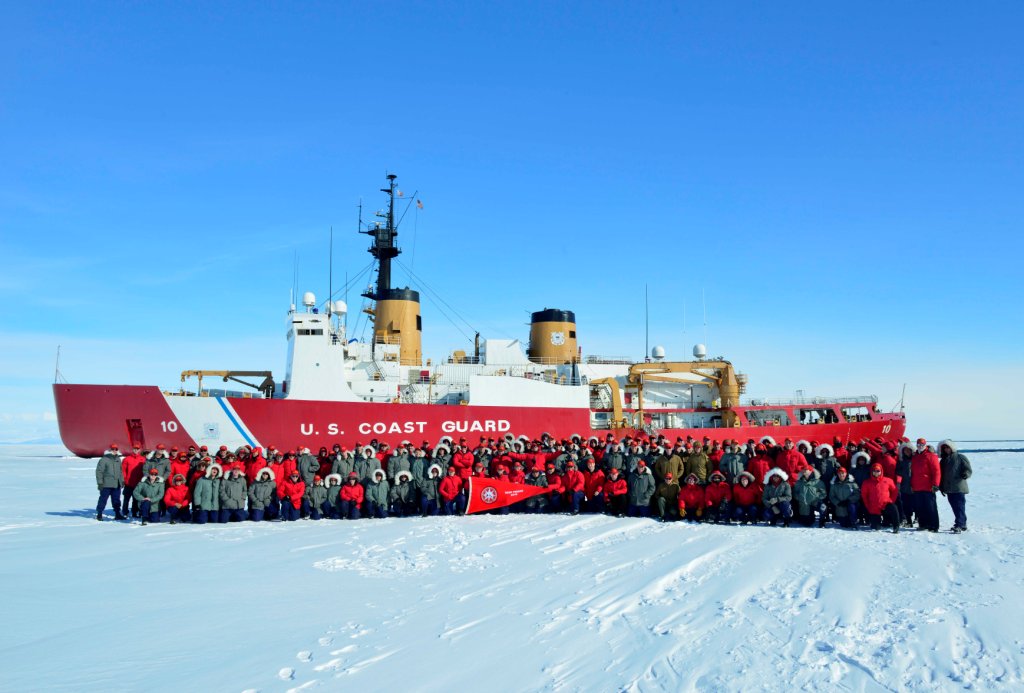In colloquial terms “icebreakers” usually bring people together. In the Arctic; however, icebreakers [ships] take on a whole new meaning as the US is way behind Russia while China’s Polar Silk Road threatens geopolitical stability.
“China uses coercion, influence operations, debt-trap diplomacy, and implied military threats to persuade other states to heed China’s strategic agenda” — Admiral Charles Ray
On Wednesday the House Subcommittee on Transportation and Maritime Security held a hearing called “The Northern Northern Border: Homeland Security Priorities in the Arctic, Part II.”
As the Arctic ice melts, it is opening an ocean of opportunities that have never been feasible in human history.
Along with the opportunities come enormous geopolitical challenges as Russia and China aiming to advance their positions in the region, with America looking to jostle for position in the Polar North.
Before we get into the testimonies of the three witnesses, here are some key takeaways from Wednesday’s hearing:
- Arctic ice is melting.
- Melting ice opens up faster maritime transportation routes, access to fishing, and access to critical materials used in technology.
- The opening of Arctic is presenting geopolitical conflicts between the US, China, and Russia.
- Russia is way ahead everyone in the deployment of icebreaker ships with 53.
- The US only has one heavy icebreaker, commissioned over 40 years ago (1976), and it is prone to fires and flooding.
- China can surpass the US in icebreaker capabilities within the next two years.
- China’s stated interests in the Arctic are primarily focused on access to natural resources and the opportunities offered by the Arctic sea routes for shipping.
- A new Northern Sea Route would shorten the trip from East Asia and Western Europe from 13,000 miles to 8,000 miles.
- Not much was said about other Arctic countries like Canada, Finland, or Sweden and their future roles in the Arctic.
- China uses coercion, influence operations, debt-trap diplomacy, and implied military threats to persuade other states to heed China’s strategic agenda.
- The US doesn’t want its adversaries to gain control of the Arctic with its resources and strategic transportation routes, which could have major economic and national security consequences.
Icebreakers in the Arctic
Perhaps the most glaring shortcoming that the United States faces in the Arctic is its obvious lack of presence in the region, illustrated by the fact that it only has one heavy icebreaker ship that is over 40 years old and only used for yearly missions to Antarctica on the opposite side of the globe.

Marie Mak
“The only US heavy icebreaker that can break at least six feet of ice continuously is in dire condition” — Marie Mak
Marie Mak, Director for Contracting and National Security Acquisitions at the Government Accountability Office, pointed out that the US only has one medium icebreaker — the Healy, and one heavy icebreaker — the Polar Star, while plans to construct three more icebreakers are in the works.
“The Healy, commissioned in 2000, primarily supports Arctic research, but it cannot ensure timely access year-round,” said Mak.
“The Polar Star, commissioned in 1976 and the only US heavy icebreaker that can break at least six feet of ice continuously is in dire condition, and it’s limited to conducting an annual mission to resupply the McMurdo station in Antarctica.
“The last two missions the crew had admirably dealt with flooding and fires in creative ways to replace broken parts,” she added.
Meanwhile Russia has 53 icebreakers in operation while China has two and plans to build more.
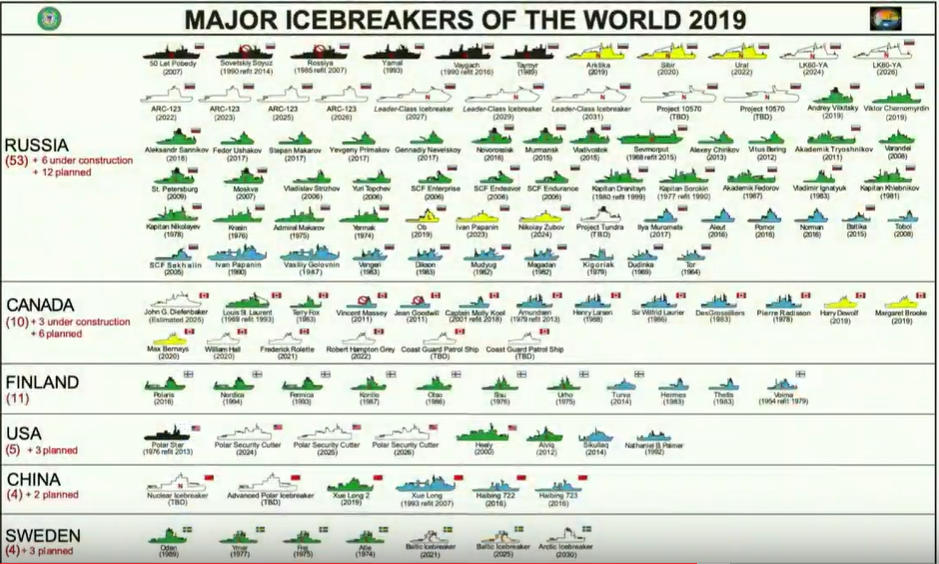
Major Icebreakers of the World 2019
“China and Russia’s behavior risks fracturing the tenuous stability and rules-based governance in the Arctic” — Admiral Charles Ray
US Coast Guard Vice Commandant Admiral Charles Ray said in his testimony that the US and China were neck and neck in icebreaker capability since the launch of China’s “Snow Dragon” icebreakers, aka Xue Long 1 and Xue Long 2.
“This year China took delivery of its first domestically-built Icebreaker ‘Xue Long 2’ — they had the ‘Xue Long 1’ that they obtained from the Ukraine and refitted and so within about two years they’re going to surpass the United States in their Icebreaker capability,” said Admiral Ray.
“If left unchecked, China and Russia’s behavior risks fracturing the tenuous stability and rules-based governance in the Arctic.”
In his written testimony, he added, “With three icebreakers China will have greater access than the United States currently has to the Arctic, its ports, and its resources.”
- China’s icebreaker Xue Long, or Snow Dragon, leaves a port for the nation’s 8th expedition to the Arctic in Shanghai, China, 20 July 2017.
- The US Coast Guard’s Polar Star icebreaker commissioned in 1976. Photo by Chief Petty Officer Nick Ameen.
Geopolitical Heat in the Arctic
The geopolitical heat in the Arctic parallels the geothermal processes occurring in the North and everybody wants a piece of the Polar pie.
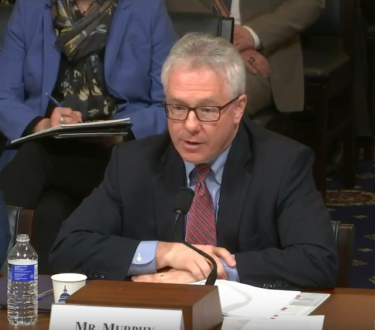
Michael Murphy
“China’s stated interests in the Arctic are primarily focused on access to natural resources and the opportunities offered by the Arctic sea routes for shipping” — Michael Murphy
“We should expect the rapidly changing Arctic system – diminishing sea ice coverage, declining snow cover, melting ice sheets, and thawing permafrost – to create greater incentives for Russia and the People’s Republic of China to pursue Arctic agendas that clash with United States and Western interests,” said Michael Murphy, Deputy Assistant Secretary for European and Eurasian Affairs at the State Department, in his testimony.
“This could put at risk our collective efforts to ensure the Arctic remains a region of rules-based governance and low tension.
“The People’s Republic of China’s stated interests in the Arctic are primarily focused on access to natural resources and the opportunities offered by the Arctic sea routes for shipping,” he added.
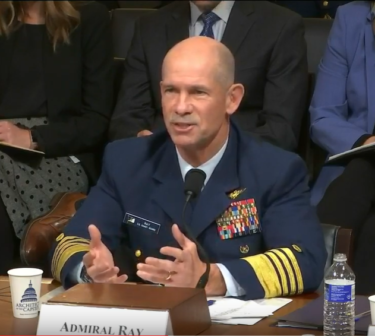
Admiral Charles Ray
“China’s ambitions and outreach are fraught with risk, often times diminishing the sovereignty of states”
And according to Admiral Ray, “The concern with Chinese activities in the Arctic is the potential to disrupt the cooperation and stability in the region.
“Around the globe, China uses coercion, influence operations, debt-trap diplomacy, and implied military threats to persuade other states to heed China’s strategic agenda.
“China views the Arctic as a component of its One Belt, One Road initiative, recently dubbed the Polar Silk Road.
“China’s ambitions and outreach are fraught with risk, often times diminishing the sovereignty of states and fracturing the rules-based governance currently employed in the region.”
As a transportation route, the Arctic could one day significantly reduce travel distances by circumventing the Suez and Panama Canals while saving transporters time, money, and thousands of nautical miles.

Lou Correa
“A new Northern Sea Route would shorten the trip from East Asia and Western Europe from 13,000 miles to 8,000 miles”
In his opening statement, House Subcommittee Chairman Lou Correa added:
“China, located 1,000 miles away from the Arctic, has declared itself a ‘near Arctic state’ and is investing strategically in other Arctic nations to increase its presence and influence in the region.
“Russia and China’s economic interests in the region rely on opening potential trade routes in the Arctic as ice shelves continue to diminish. A new Northern Sea Route would shorten the trip from East Asia and Western Europe from 13,000 miles to 8,000 miles.
“Such a route would allow China to ship goods to Europe two weeks faster than it can now.”
Home to an estimated 30% of the world’s undiscovered natural gas, 13% of the world’s undiscovered oil, and an abundance of rare earth and other minerals, the Arctic is rich in untapped natural resources.
“China and Russia are putting a new spin on the term ‘Cold War’ in the Arctic”: Senate hearing



